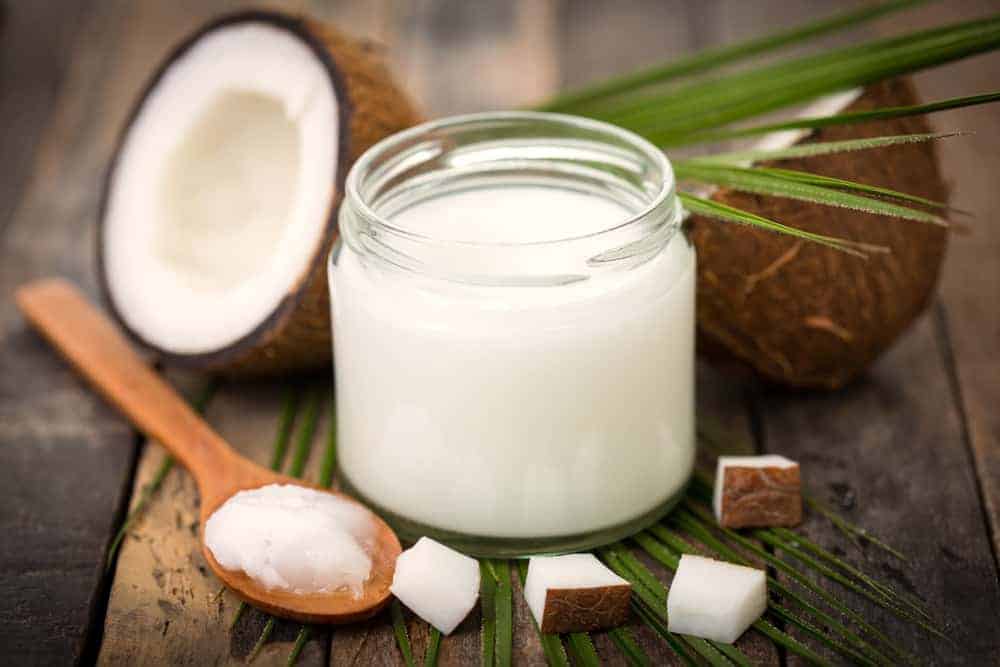10 Exotic Fruits You’ve Probably Never Tried—But Should
Step into a vibrant world where fruit is more than just apples and oranges. Exotic fruits from far-flung corners of the globe offer an explosion of unique flavors, dazzling colors, and fascinating textures. Each bite can transport you to distant lands and introduce you to new culinary traditions. Many of these rare gems hold cultural significance and are celebrated in local festivals or traditional dishes. Curious about what you’ve been missing? Let’s embark on a flavorful journey—one that promises surprises and delights with every fruit on this list.
1. Rambutan
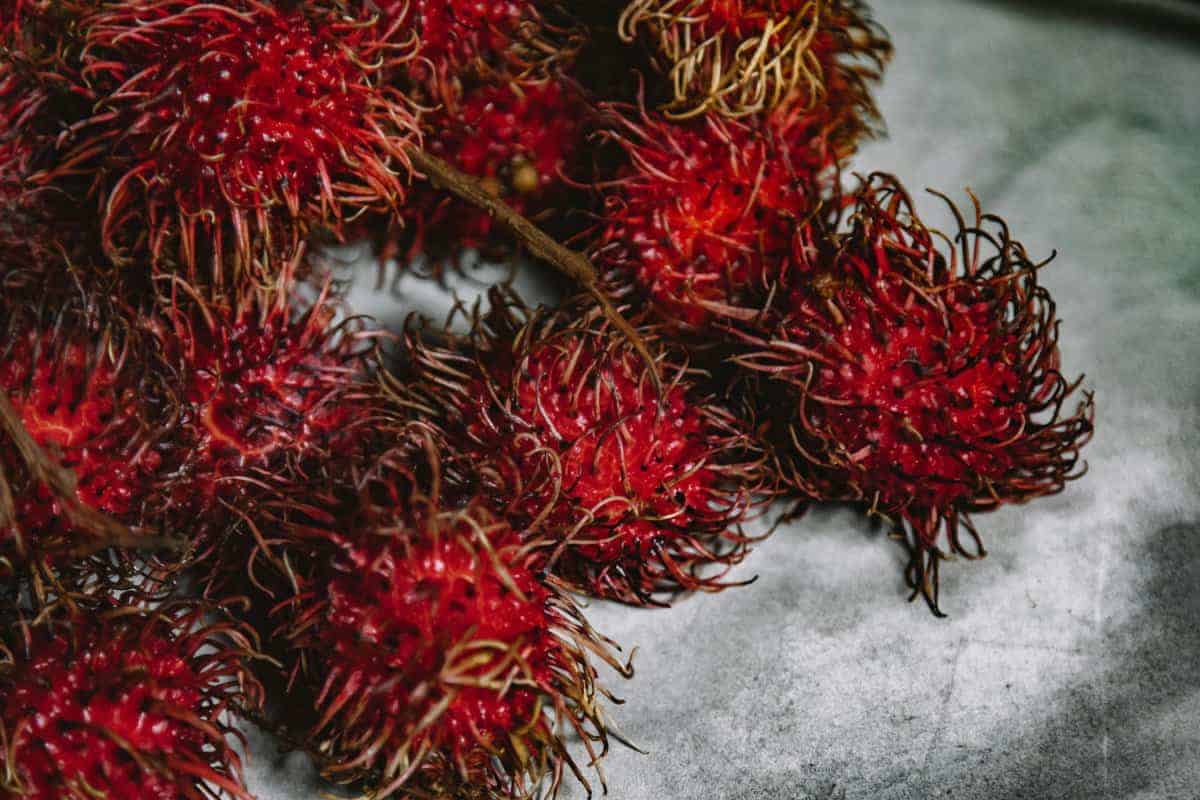
Rambutan is a tropical delicacy that looks like a lychee dressed in a spiky, hairy coat. Beneath its vibrant red exterior lies juicy, translucent flesh with a refreshing sweetness and a hint of acidity. Popular in Southeast Asian desserts and fruit salads, rambutan is not only delicious but also rich in vitamin C and antioxidants. While similar to lychee and longan in texture, rambutan stands out with its slightly tart flavor and eye-catching appearance. Don’t let its wild look fool you—this fruit is a true treat for adventurous eaters.
2. Salak (Snake Fruit)
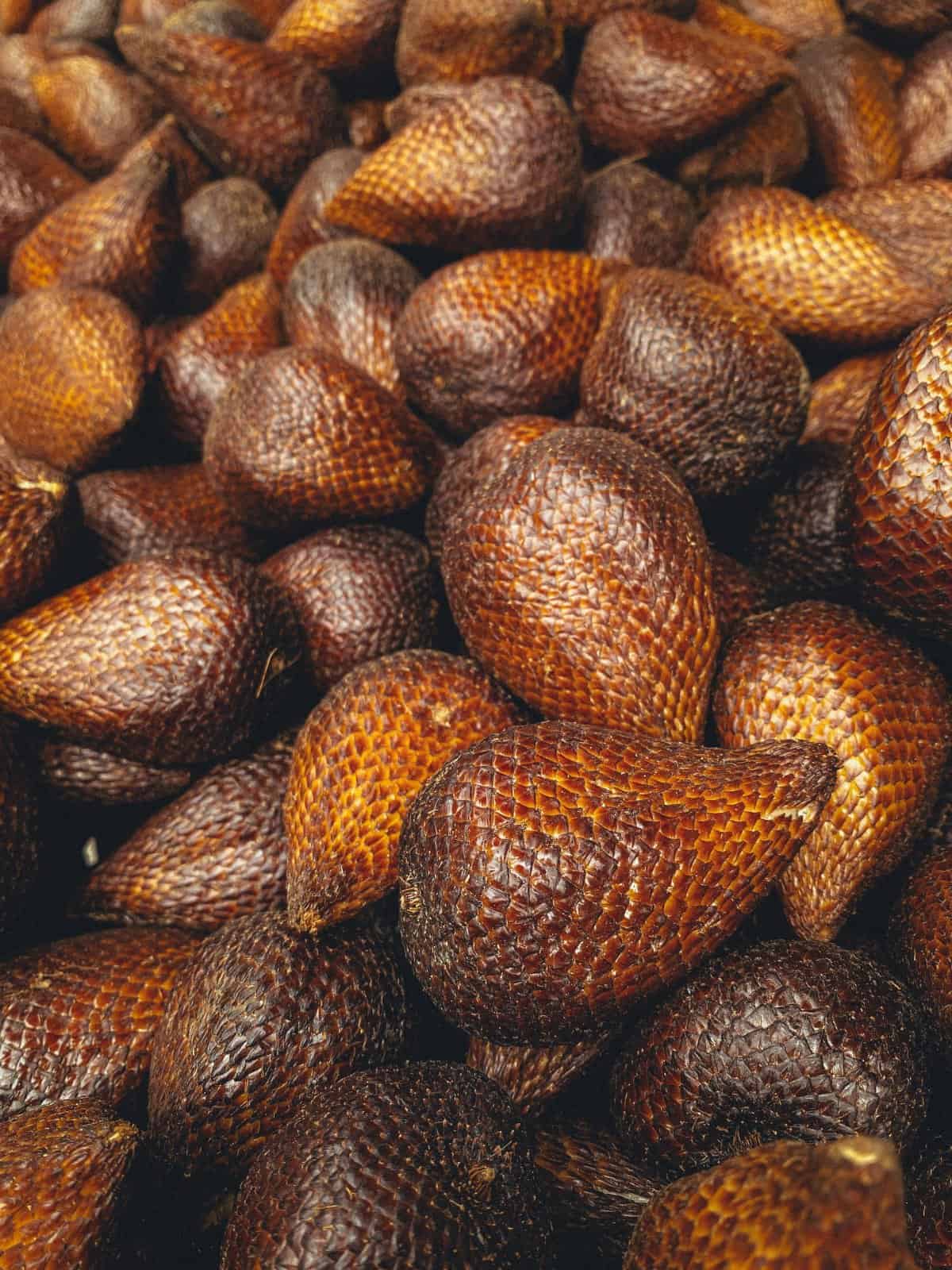
Salak, aptly named snake fruit for its reddish-brown, scaly skin, is a popular snack in Indonesia. Peeling away the tough exterior reveals crisp, segmented flesh with a sweet-tart flavor reminiscent of apples and pineapples. Salak’s texture is satisfyingly crunchy, making it a refreshing bite on a hot day. Often enjoyed fresh, it’s also tossed into salads or candied as a local treat. For those craving something bold and unexpected, salak’s exotic crunch and tang are a must-try.
3. Cherimoya

Cherimoya, often dubbed the “custard apple,” is a South American treasure prized for its luxuriously creamy, spoonable flesh. The flavor is a dreamlike blend of banana, pineapple, and strawberry, making each bite a velvety-sweet experience. Cherimoya’s green, scaly skin hides its delicate interior, which locals enjoy chilled or scooped straight from the shell. It shines in desserts and smoothies, lending natural sweetness and a tropical flair. For those seeking a fruit that’s both exotic and indulgent, cherimoya is a true standout.
4. Mangosteen
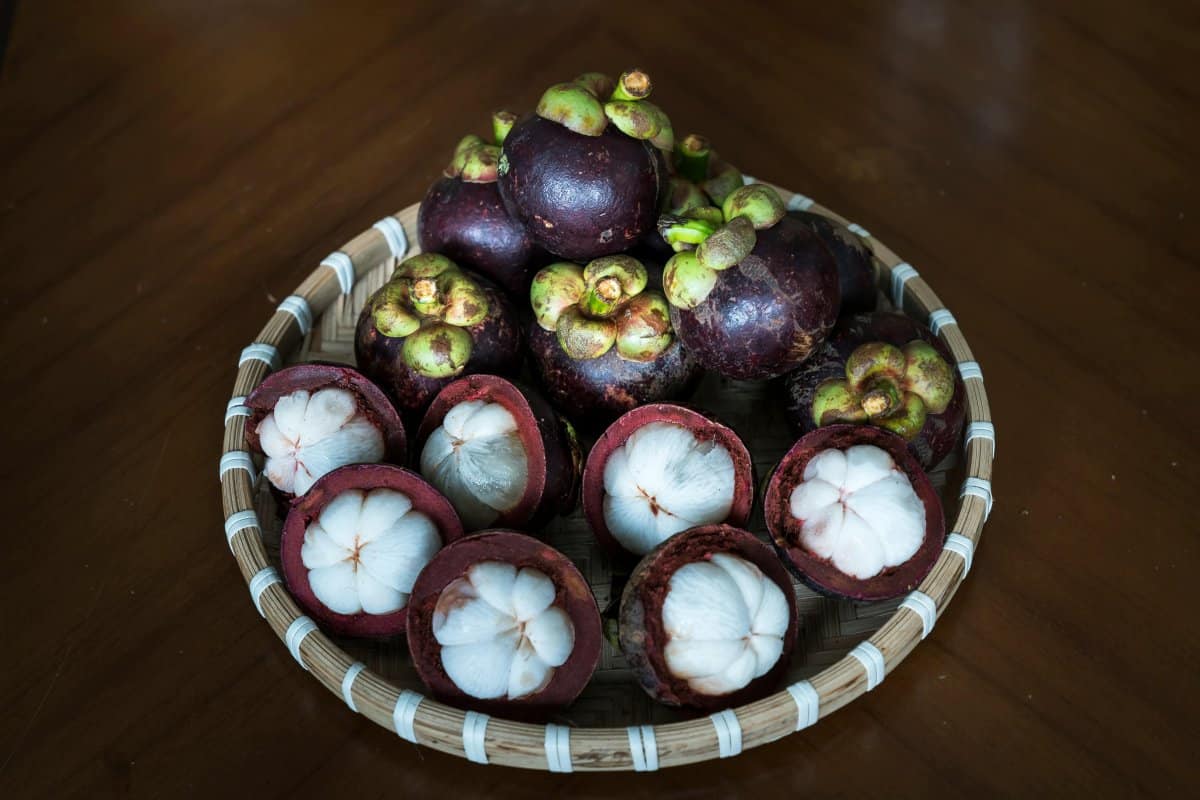
Mangosteen, crowned the “queen of fruits” in Southeast Asia, captivates with its thick, deep purple rind and pearly white, juicy segments inside. Its flavor is delicate and complex—a tangy-sweet burst that balances floral and citrusy notes, often described as a cross between an orange and a grape. Highly prized in tropical markets, mangosteen is often savored fresh, with its refreshing taste and melt-in-your-mouth texture. No wonder it’s revered at festivals and in local cuisine—a true exotic jewel waiting to be discovered.
5. Dragon Fruit (Pitaya)
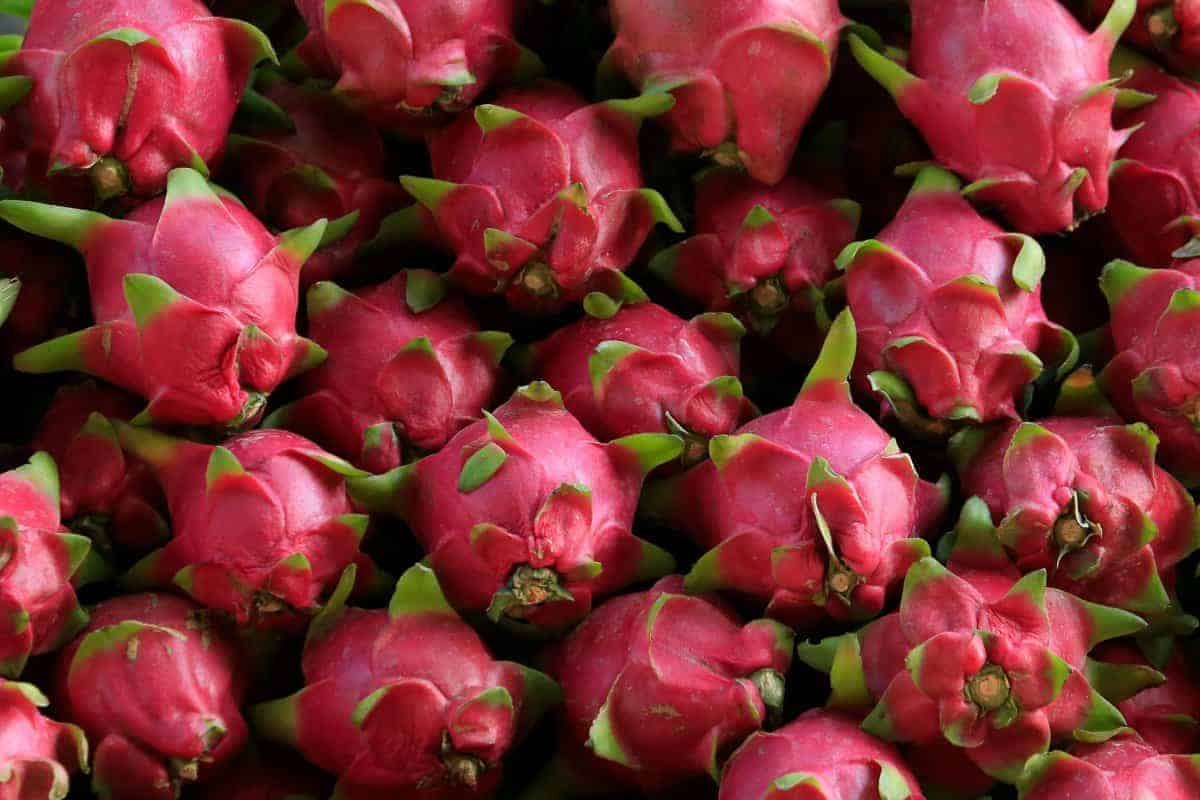
Dragon fruit, or pitaya, dazzles with its neon pink skin and speckled white or magenta flesh. Its subtle sweetness and crunchy black seeds bring to mind a refreshing blend of kiwi and pear. This striking fruit is a favorite in smoothie bowls and fruit platters, thanks to its eye-catching appearance and mild, thirst-quenching flavor. The unique texture and gentle taste make dragon fruit a versatile addition to both sweet and savory dishes, offering a gentle introduction to the world of exotic fruits.
6. Feijoa (Pineapple Guava)
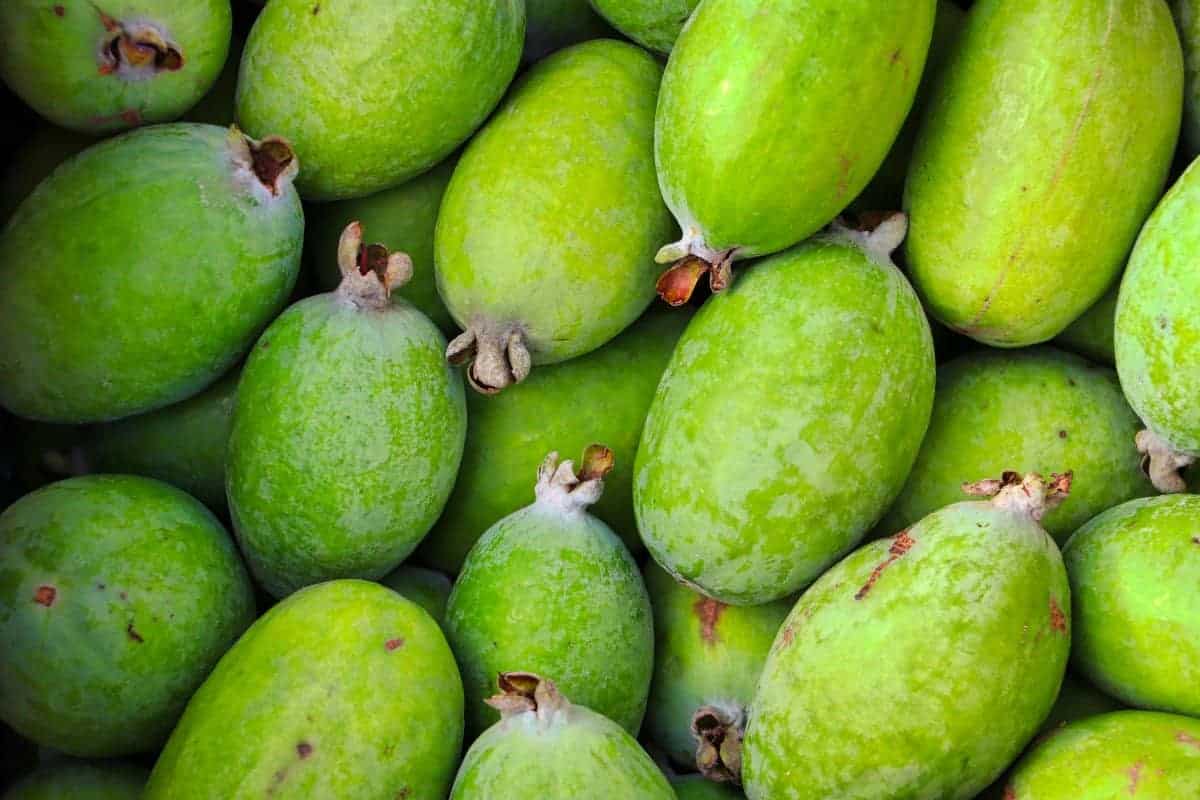
Feijoa, also known as pineapple guava, is a South American gem with an unforgettable fragrance and flavor. Its jelly-like, aromatic pulp bursts with notes of pineapple, mint, and apple, creating a taste unlike any standard guava. Scoop out the soft interior to enjoy it fresh, or use it in jams, chutneys, and desserts for a tropical twist. Distinct from regular guava, feijoa’s unique texture and complex aroma make it a prized ingredient in both sweet and savory kitchen creations.
7. Jabuticaba
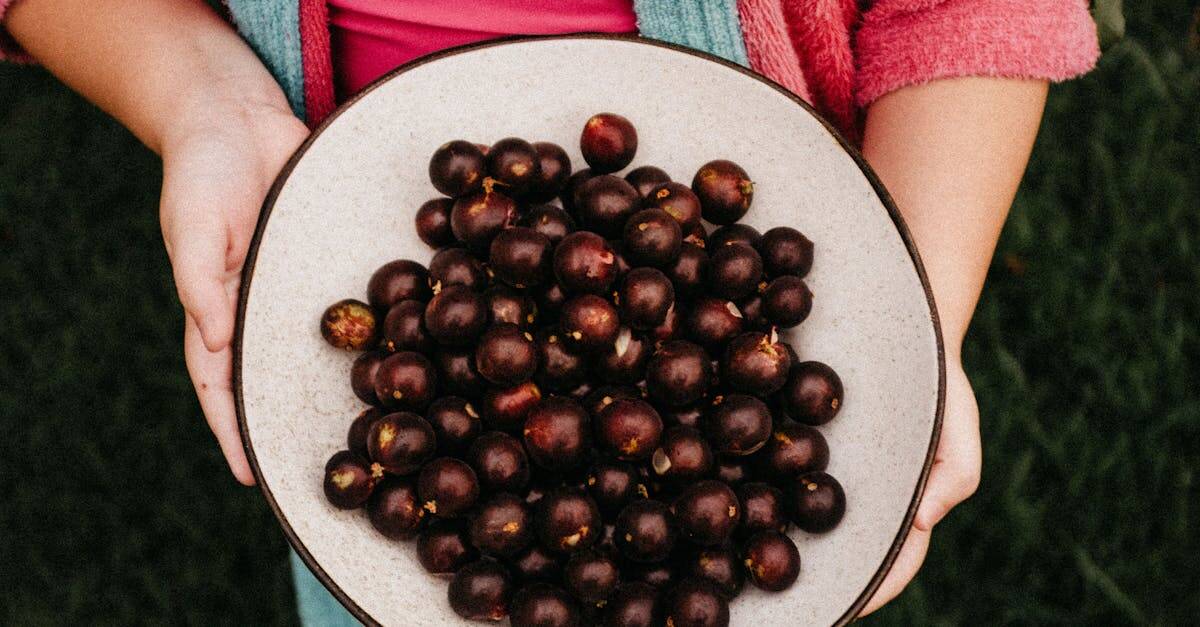
Jabuticaba is a striking Brazilian fruit that grows directly on the trunks of its tree, creating an almost magical appearance. Its dark, glossy skin is thick but edible, encasing juicy flesh with a grape-like sweetness and a subtle tartness reminiscent of plums. Often enjoyed fresh, jabuticaba also shines in homemade jellies and local wines, adding depth and flavor. Compared to grapes, its texture is firmer and more robust, making it a unique treat for those seeking something truly distinctive.
8. Buddha’s Hand
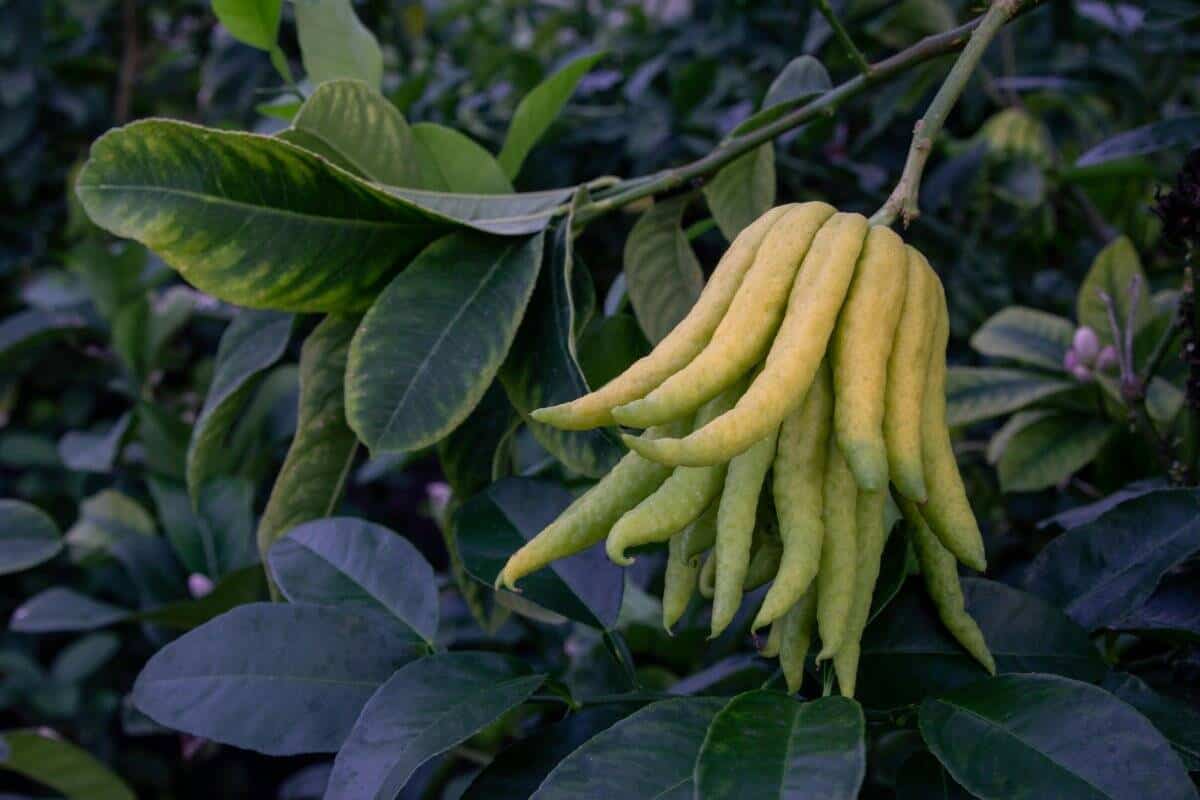
Buddha’s Hand is perhaps the most visually unusual of all citrus fruits, with finger-like segments radiating from a central base. Its intense lemon fragrance fills a room, making it popular for infusing flavor into desserts, savory dishes, and even liqueurs. Unlike regular lemons or citrons, Buddha’s Hand contains no pulp or juice—just aromatic rind and pith. Its unique structure and powerful zest set it apart, offering a burst of citrus brightness wherever a touch of the extraordinary is desired.
9. Lucuma
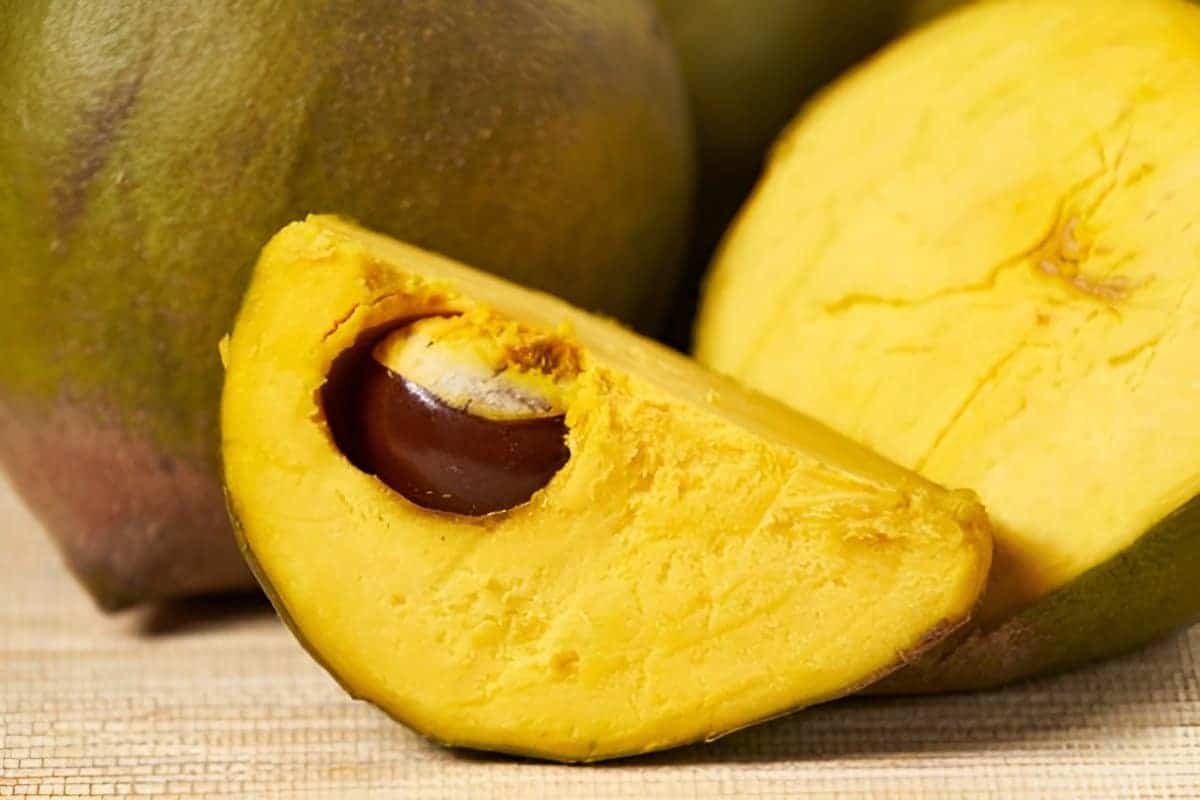
Lucuma is a Peruvian treasure known for its golden, dry flesh and delicate sweetness, often likened to maple syrup or sweet potato. Though its texture is somewhat starchy, lucuma’s unique flavor shines in desserts, ice creams, and nutrient-packed smoothies across South America. Celebrated as a superfruit, it’s loaded with vitamins, antioxidants, and minerals, making it a wholesome treat. If you’re seeking a fruit that bridges the gap between sweet potato and pumpkin, lucuma’s subtle, caramel-like notes are sure to intrigue.
10. Miracle Fruit
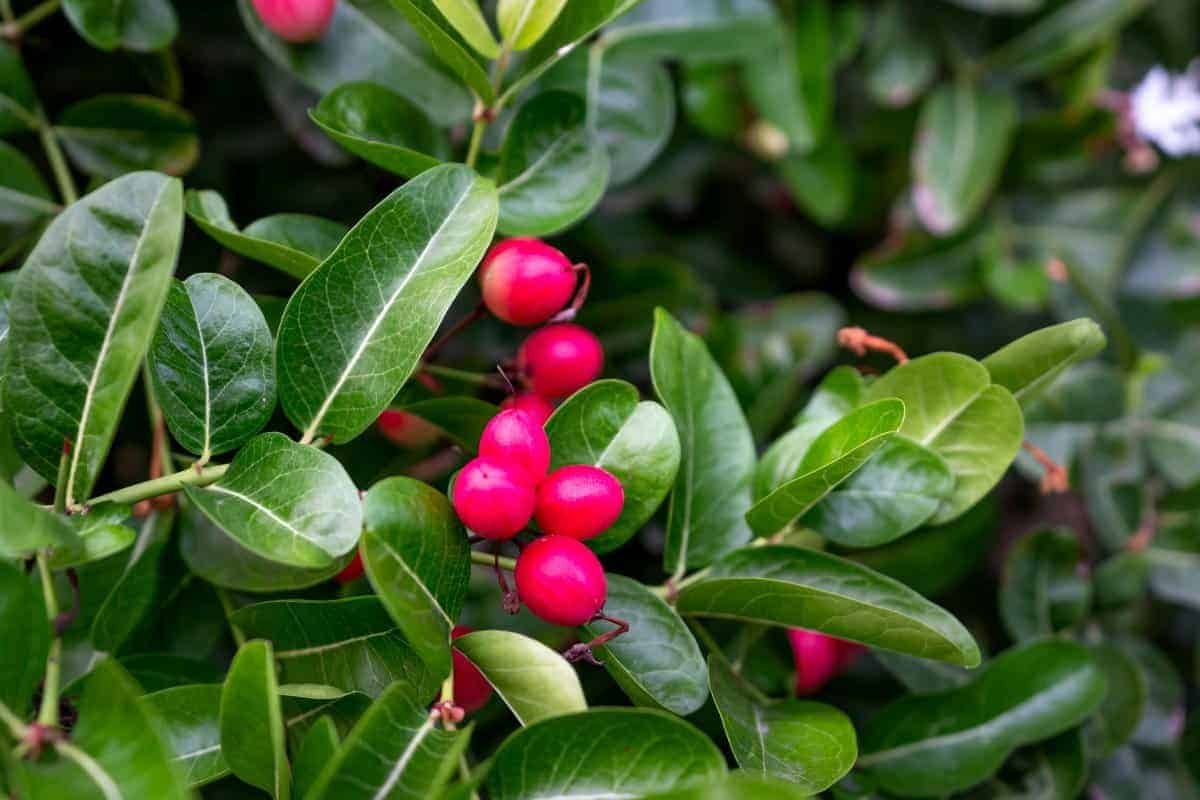
Miracle fruit, native to West Africa, is famous for its astonishing ability to make sour foods taste remarkably sweet. This small, red berry contains a glycoprotein called miraculin, which temporarily alters your taste buds—a favorite trick at culinary events and flavor-tripping parties. Unlike traditional flavor enhancers, miracle fruit doesn’t add sweetness but transforms your palate, making lemons taste like lemonade. Its novelty and potential as a natural palate cleanser make it a must-try for anyone seeking a truly extraordinary taste adventure.
Conclusion

Exploring exotic fruits is more than a culinary adventure—it’s an invitation to experience the flavors, traditions, and stories from around the world. Each fruit on this list offers its own unique charm, from miracle fruit’s palate-bending magic to cherimoya’s creamy sweetness. By embracing these lesser-known gems, you expand your palate, enrich your meals, and connect with the vibrant cultures that cherish them. Why not pick up something unfamiliar on your next market visit? Your taste buds—and your sense of curiosity—will thank you.
.article-content-img img { width: 100% }



